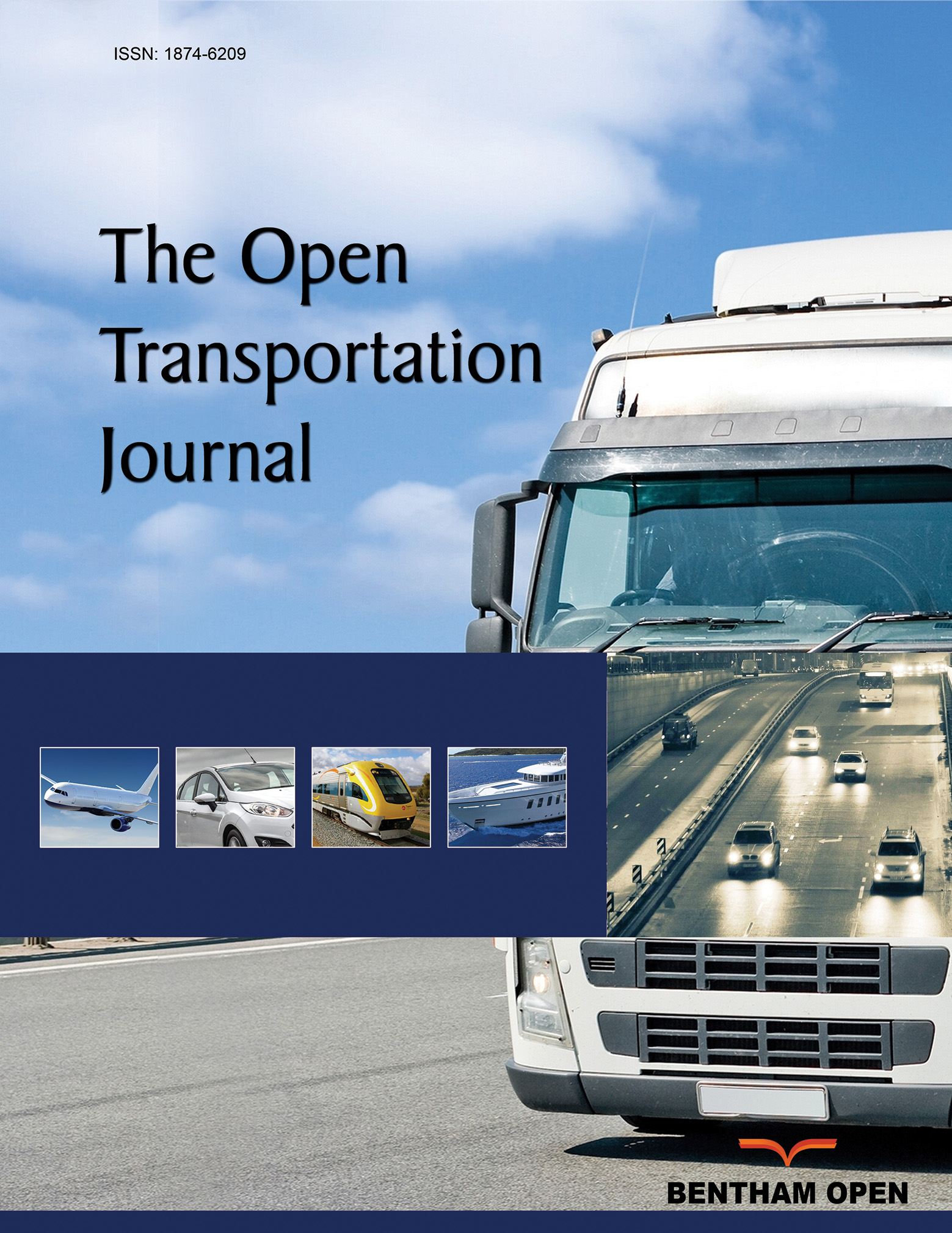All published articles of this journal are available on ScienceDirect.
Macroscopic Congestion Intensity Measurement Model Based on Cumulative Logistic Regression
Abstract
An efficient and accurate measurement of congestion intensity helps investigate the traffic conditions at different road classes and provides useful information for transportation planning and traffic operation improvement. However, the existing traffic congestion intensity measurement models often suffer from two major problems: one is that there is no generally accepted method that can be used to classify the grades of congestion intensity, and the other is that the variables that have been incorporated into the exiting congestion intensity measurement models are often inter-correlated. In order to overcome these two deficiencies, this paper analyzes the ordinal characteristics of congestion intensity, and introduces the cumulative logistic regression into the congestion intensity measurement model.
In the model development process, first it adopts the likelihood ratio test to validate the adaptability of the cumulative logistic regression and Wald test to select the independent variables. Then, it develops the measurement model of congestion intensity by using travel speed as the independent variable. The proposed model shows a determination coefficient (pseudo R2) higher than 0.77 in the goodness-of-fit test, and a prediction with the accuracy of 73.39% against the field observed data. Therefore, the proposed model can be effectively used to determine the traffic congestion intensity on different road classes.


